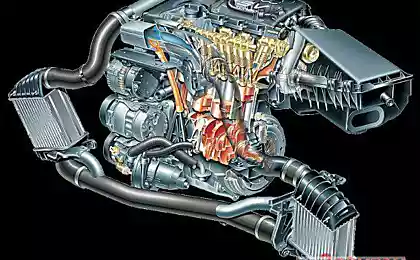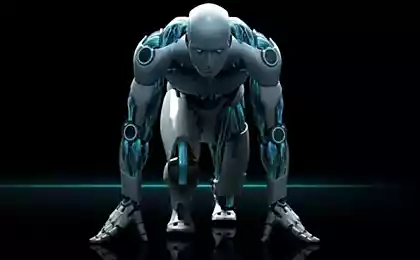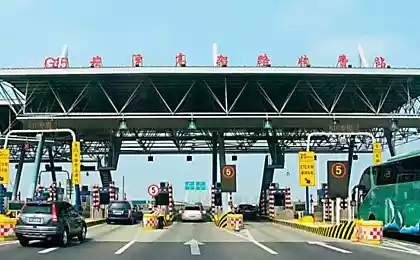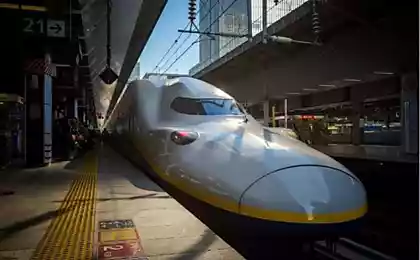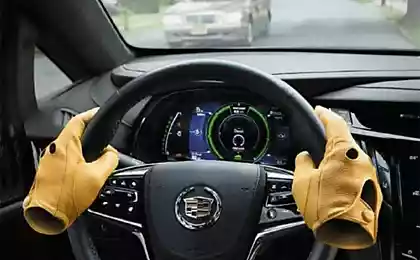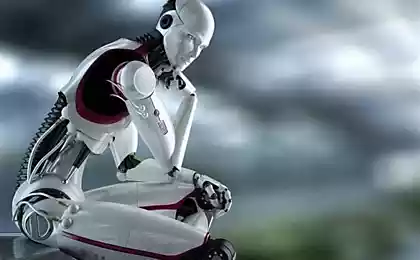643
Self-driving cars will become more popular high-speed trains

Experts believe that Autonomous cars (driverless cars) can "kill" rail and make trains obsolete — even if the construction of a new high-speed railway tracks. Randal O'toole of the Libertarian Cato Institute in Washington, believes that passengers will prefer Autonomous vehicles high-speed trains already in 2030.
According to forecasts, the majority of cars in the next 15 years will be self-governing, and that means a trip "behind the wheel" can be spent on work or watching movies. O'toole believes that this method of travel will mean death for the Railways, despite billions of dollars invested in the construction of the rapid railway lines around the world. The development of an Autonomous moving vehicles may coincide with the moment when States around the world are planning to invest in high speed trains like HS2 in the UK.
Futurists suggest that self-driving cars in Europe and the United States will be commonplace, as companies like Google, BMW and Toyota are already developing them. Report Lux Research predicts that the market for Autonomous cars will cost about 87 billion dollars by 2030, and the IEEE Institute in new York believes that self-driving cars will comprise 75% of vehicles on the roads by 2040.
Randal O'toole, senior researcher at the Libertarian Cato Institute in Washington, says such cars will be much more attractive alternative to high-speed rail lines at a distance of up to 320 kilometers, which will lead to a decline in the popularity of individual high-speed trains.
One of these highways can be High-Speed 2 (HS2). This line, which is still in the planning stage, will connect London, Birmingham and Leeds and will cost 68.5 billion.
Britain is not the only country with plans for high speed rail journey. There are also plans to have Australia connecting Brisbane and Melbourne is expensive with a cost of $ 114 billion.
The Indian government is also interested in the construction of high-speed network. Central Japan railway company is developing a high-speed W/d paths based on magnetic levitation since the 1970s and plans to start using a Maglev from Tokyo to Nagoya in 2025.
The British HS2 will be completed by 2030, if all goes according to plan, but by this time competition with self-driving cars will be inevitable. Although high-speed trains can transport passengers at speeds of 400 km/h for the start of the trip still need to get to the station.
Passengers driverless cars will be able to start your journey "from door to door", looking at the way the films at a speed of 160 km/h. O'toole notes that the tourism industry has a particular range of distances at which high-speed trains prefer cars and planes. He says that trips less than 160 kilometers often do with cars; and more than 966 kilometers on airplanes; intermediate distance is left for the trains.
But, says O'toole: "I very much doubt that this rule works. Many people prefer to go hundreds of miles on my car, others may fly on a 250 km — 30 flights per day runs between Portland and Seattle, and between them 250 kilometers. Even if this Golden mean exists today, self-driving cars will make it even less viable because it will fundamentally change our relationship to time spent on the way."
He also said that if passengers to work or be entertained in their cars, they will be ready to spend more time in them. "This means that 160 kilometers in which cars have a certain advantage, will easily increase to 320 and more."
O'toole believes that self-driving cars will change the 21st century just as the car changed the 20th century.
Self-driving cars and new taxi apps like Uber will lead to a decrease in the popularity of less flexible and reliable modes of transport like trains. On the other hand, trains can still last long, as the current Autonomous cars face challenges.
Self-driving cars Google now can't drive in heavy rain or snow; they also may not always find the way. According to MIT Technology Review, the current prototype cars are very dependent on maps and can't react to changes like people, in time to avoid potholes or other obstacles.
Chris Urmson, Director of the automotive group of Google, said that the case detection technologies, which are still not good enough to highlight specific objects or to cope with bad weather. Although car camera can determine the color change of the traffic light, they can prevent strong sunlight.
Despite the fact that these cars are already allowed to ride on public roads, they still need to seriously brush up before taking the person on Board; there are also problems in the compilation of an accurate route, to the same car cannot deviate from it, unlike a human driver.
How to operate self-driving cars Google?
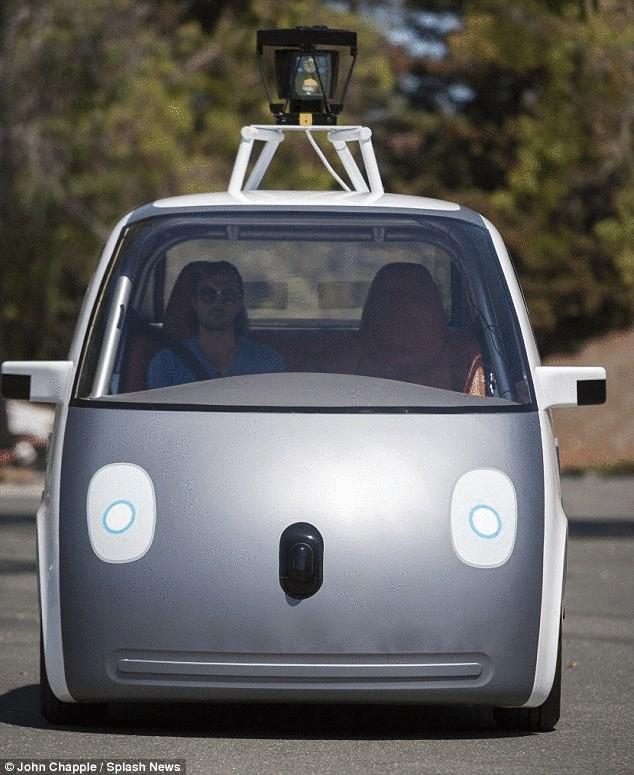
This prototype two-seater car has, in fact, two buttons: Autonomous start and end of the path. The vehicle performs turns and reacts to vehicles and pedestrians, being driven by a computer program that predicts the effect of foreign objects; sensors, radar and cameras in real time read data of other objects.
The route can be set by selecting the destination on the map or by using voice commands, according to Chris Urmson. The car will run on electricity and can drive up to 160 kilometers on a single charge.
The front part of the car is made from a softer foam material than traditional bumpers; will be more flexible and windshield — all for the safety of pedestrians. The speed of the car in this prototype is limited to 40 kilometers per hour, and opportunities for self-identified special road Google map.
Ultimately, the transport, of course, will be faster and will be able to use the additional Google map services. The combination of radar, lasers and cameras on top of the car to give it 360-degree "review", sensors and associated software will be able to see and identify people, cars, road signs, road markings and traffic lights.
Source: hi-news.ru
What should be the energy in the city — alternative sources of electricity
4 recipe for authentic Vietnamese cuisine


